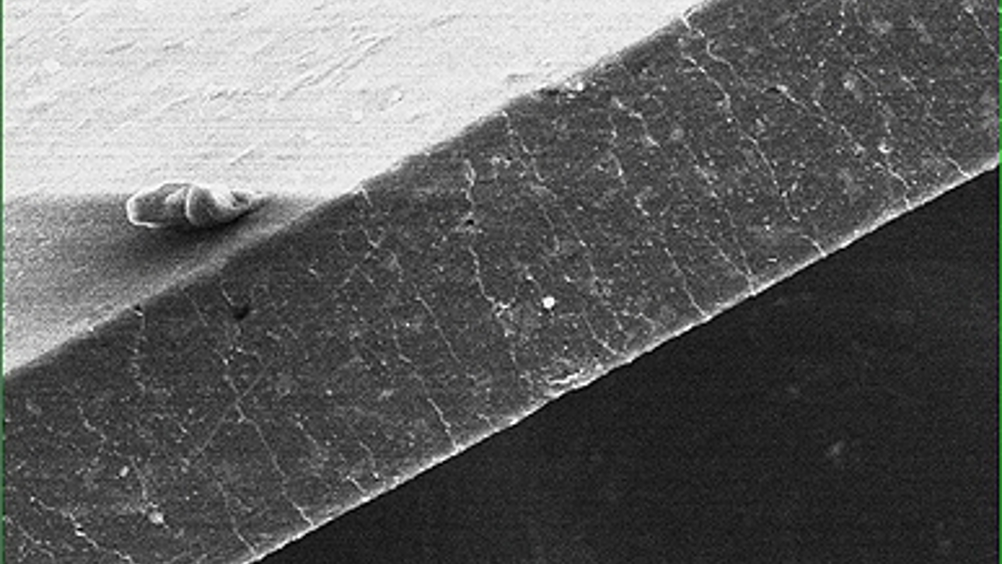Graphene nanoribbons help to create a better barrier to gas
A discovery at Rice University aims to make vehicles that run on compressed natural gas more practical and could also prolong the shelf life of carbonated bottled drinks.

The Rice lab of chemist James Tour has enhanced a polymer material to make it far more impermeable to pressurised gas and far lighter than the metal in tanks now used to contain the gas.
The combination could be a boon for an auto industry under pressure to market consumer cars that use cheaper natural gas. It could also find a market in food and beverage packaging.
Tour and his colleagues at Rice and in Hungary, Slovenia and India reported their results this week in the online edition of the American Chemistry Society journal ACS Nano.
By adding modified, graphene nanoribbons (GNRs) to thermoplastic polyurethane (TPU), the Rice lab made it 1,000 times harder for gas molecules to escape, Tour said. That’s due to the ribbons’ even dispersion through the material. Because gas molecules cannot penetrate GNRs, they are faced with a ‘tortuous path’ to freedom, he said.
Tour said the team acknowledge that a solid, two-dimensional sheet of graphene might be the perfect barrier to gas, but the production of graphene in such bulk quantities is not yet practical.
Register now to continue reading
Thanks for visiting The Engineer. You’ve now reached your monthly limit of news stories. Register for free to unlock unlimited access to all of our news coverage, as well as premium content including opinion, in-depth features and special reports.
Benefits of registering
-
In-depth insights and coverage of key emerging trends
-
Unrestricted access to special reports throughout the year
-
Daily technology news delivered straight to your inbox










UK Enters ‘Golden Age of Nuclear’
The delay (nearly 8 years) in getting approval for the Rolls-Royce SMR is most worrying. Signifies a torpid and expensive system that is quite onerous...